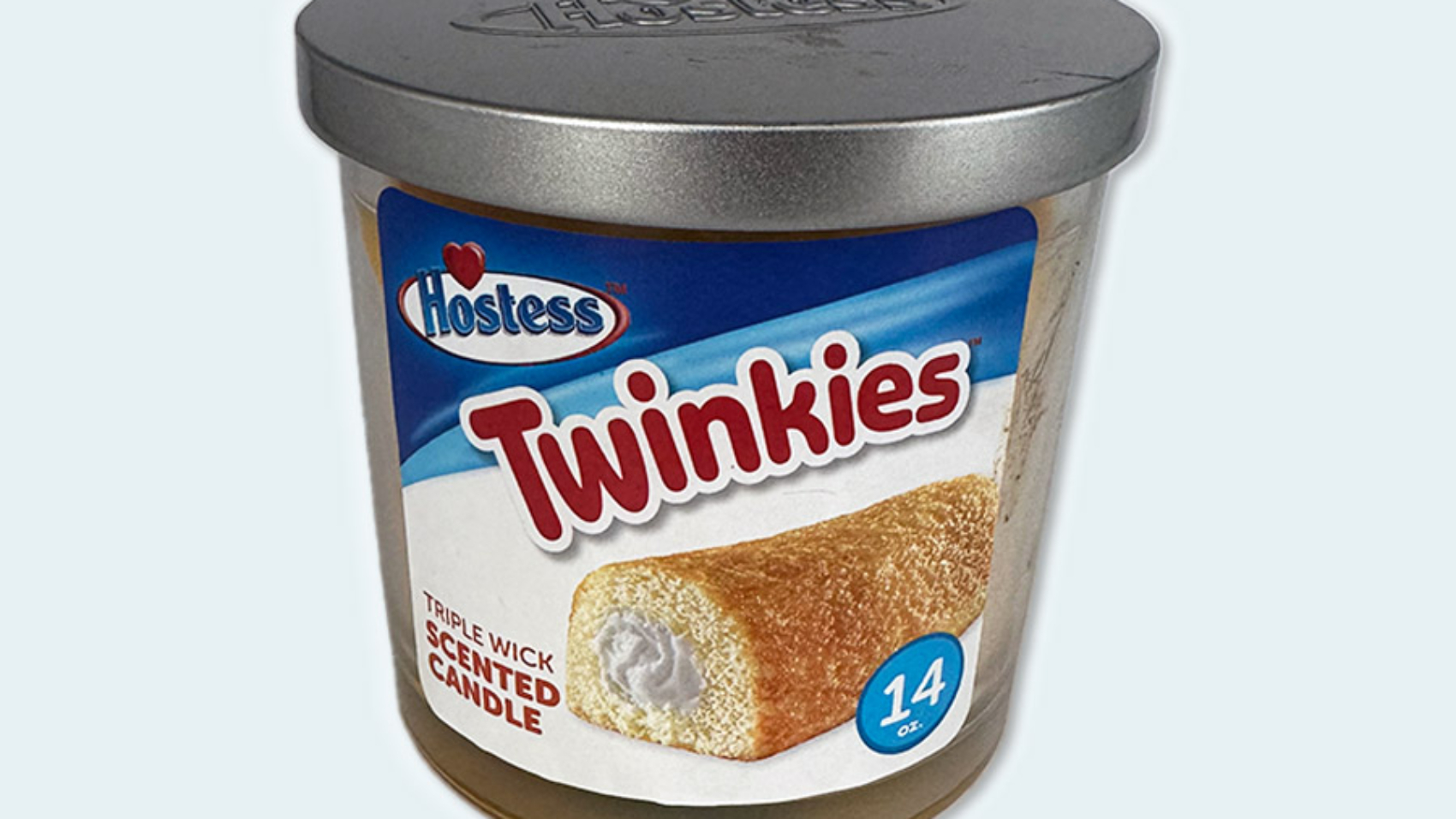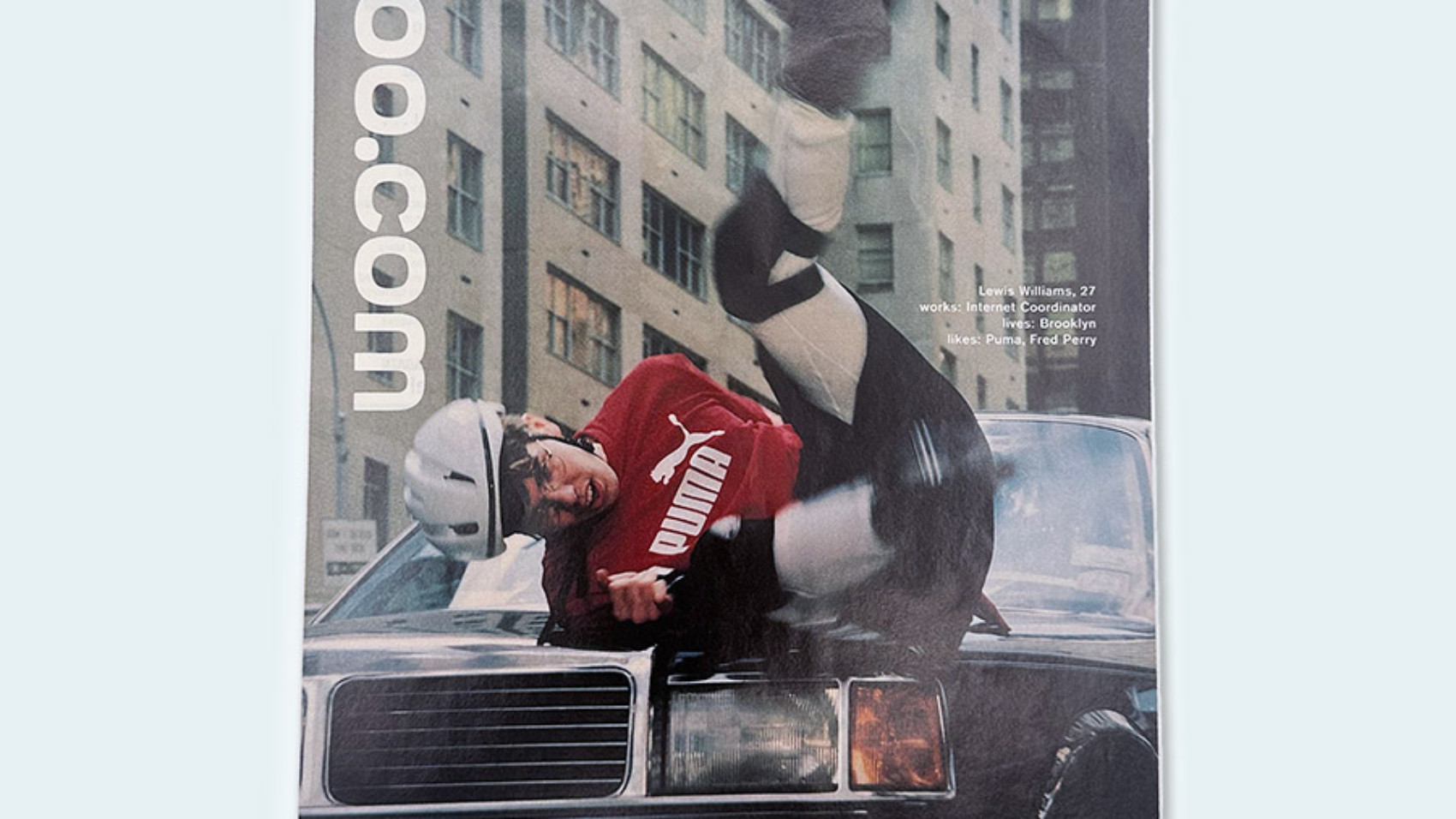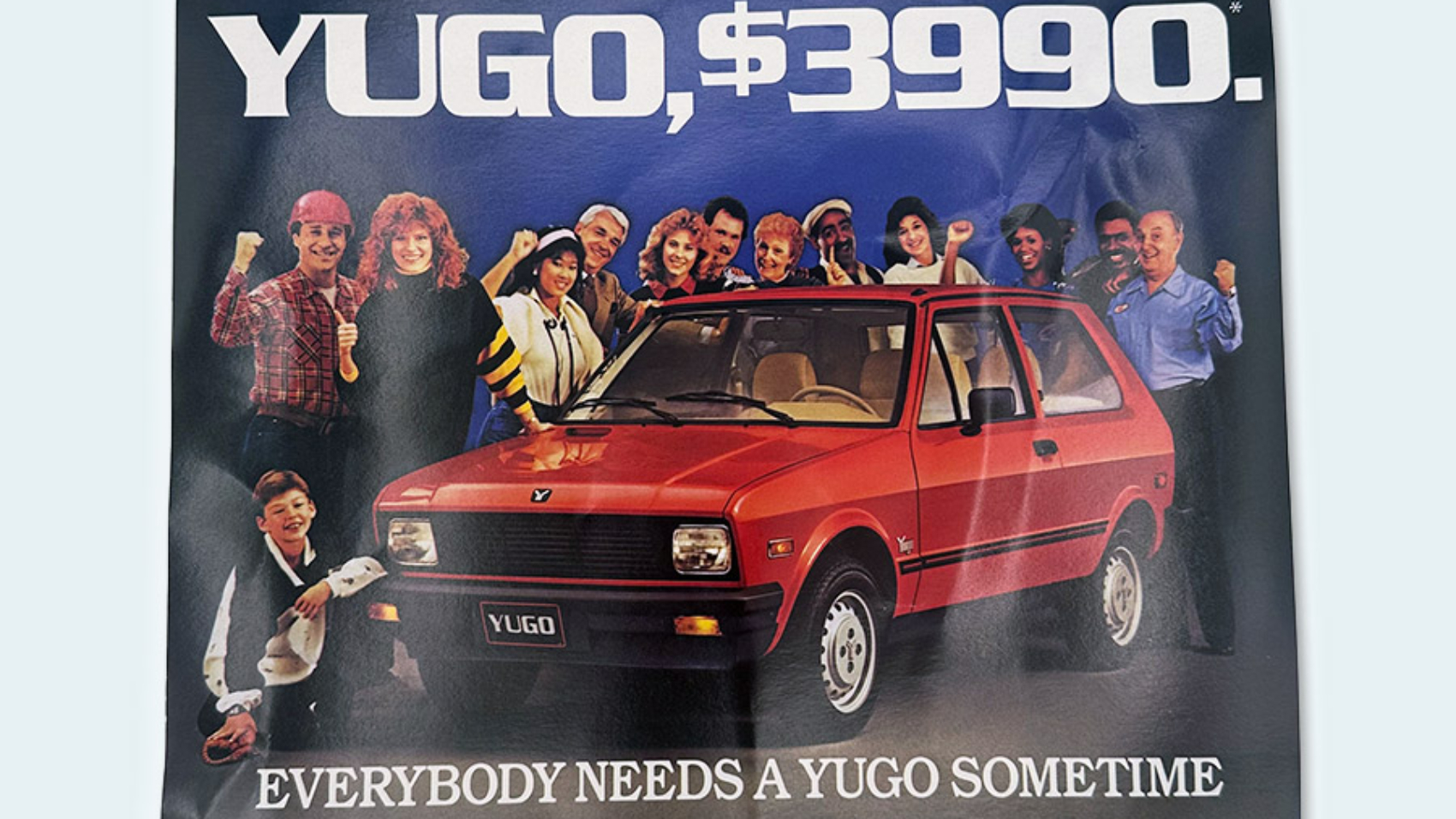Silicon Graphics, which produced computer hardware and software, peaked at a $7B market cap in 1995 and filed for bankruptcy in 2006. The addition of 3D graphic capabilities to PCs, and the ability of clusters of Linux- and BSD- based PCs to take on many of the tasks of larger SGI servers, ate into SGI’s core markets. The porting of Maya to Linux, Mac OS and Microsoft Windows further eroded the low end of SGI’s product line.
Google TV
In 2010, Google TV was big on potential, but short on features, while the software lacked application support and access to some online programming. The software development kit wasn’t available to developers that would allow them to bring entertainment content to the Google TV platform. Plus the TV features Netflix, but networks were blocking Google TV’s access to their shows.
1961 Philadelphia Phillies
The 1961 Philadelphia Phillies season was the 79th in franchise history. The Phillies finished the season in last place in the National League at 47–107, 46 games behind the NL Champion Cincinnati Reds. The team lost 23 games in a row, the most in MLB history.
1962 New York Mets
The 1962 New York Mets season was the first regular season for the Mets. They went 40–120 (.250) and finished tenth and last in the National League, 60+1⁄2 games behind the NL Champion San Francisco Giants, who had once called New York home. The Mets’ 120 losses are the most by any MLB team in one season. Since then, the 2003 Detroit Tigers, 2018 Orioles, and 2023 Oakland Athletics have come the closest to matching this mark, at 43–119 (.265), 47–115 (.290), and 50–112 respectively.
Spruce Goose
The Spruce Goose is a prototype strategic airlift flying boat designed and built by the Hughes Aircraft company. Intended as a transatlantic flight transport for use during World War II, it was not completed in time to be used in the war. The aircraft made only one brief flight, on November 2, 1947, and the project never advanced beyond the prototype.
Built from wood because of wartime restrictions on the use of aluminum and concerns about weight, the aircraft was nicknamed the Spruce Goose by critics, although it was made almost entirely of birch.
Twinkies Lip Balm
Launched in 2004, Twinkies Lip balm transforms your lips into a haven of sweetness reminiscent of your favorite Hostess treats.
Hindenburg
The Hindenburg disaster was an airship accident that occurred on May 6, 1937 in New Jersey. Filled with hydrogen, it caught fire and was destroyed during its attempt to dock with its mooring mast at Naval Air Station Lakehurst. The accident caused 35 fatalities (13 passengers and 22 crewmen) among the 97 people on board (36 passengers and 61 crewmen), and an additional fatality on the ground.
Twinkies Scented Candle
“Indulge in the nostalgic aroma of Hostess’s delectable treat. This candle ensures a delightful and even burn that fills your space with the enticing fragrance of Hostess’s iconic flavors. Transform your surroundings into a haven of sweetness as the warm glow and triple wicks create a cozy atmosphere reminiscent of your favorite Hostess treats.”
Boo.com
Founded in 1998, Boo.com wanted become the largest online sports e-retailer in the world, planning to set up stores in both Europe and America simultaneously. The company spent $135M in venture capital in just 18 months and went out of business in 2000.
The boo.com website was widely criticized as poorly designed for its target audience of young, wealthy and fashionable people between 18 and 24 years old. The site’s interface was complex and included a hierarchical system that required the user to answer four or five different questions before sometimes revealing that there were no products in stock in a particular sub-section.
Yugo
Discontinued in 2008, the Yugo was a small car made in the former nation of Yugoslavia that survives in the American consciousness as the ultimate automotive failure. Poorly engineered, ugly, and cheap, it survived much longer as a punch line for comedians than it did as a vehicle on the roads.










